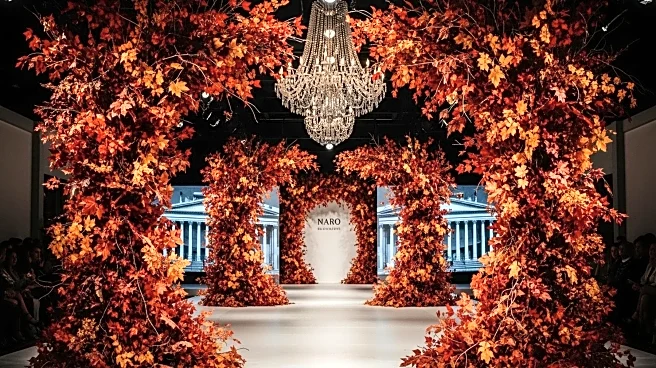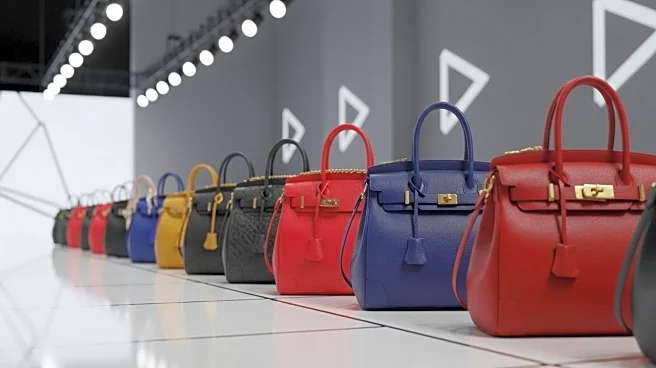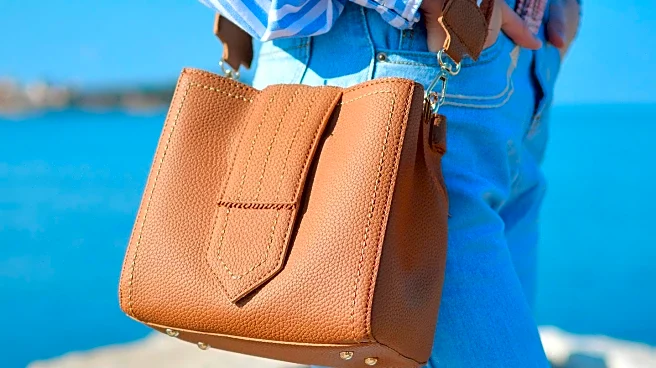What's Happening?
H&M Studio has launched its Fall 2025 collection, coinciding with the brand's expansion into Brazil with a new store in São Paulo. The collection draws inspiration from the cultural diversity of Brazil, aiming to bridge the aesthetics of Brazilian and Swedish capitals. The designs feature exposed zippers, raw edges, and a dry wool coat with permanent creases, reflecting a blend of brutalism and minimalism. The collection attempts to capture the essence of Brazil's 'melting pot' culture, though the execution of this concept has been met with mixed reviews.
Why It's Important?
H&M's expansion into Brazil represents a strategic move to tap into the growing South American market, leveraging the country's rich cultural heritage to enhance brand appeal. The Fall 2025 collection highlights the brand's commitment to cultural integration and innovation, potentially attracting a diverse customer base. By incorporating elements of Brazilian culture into its designs, H&M positions itself as a global brand that values inclusivity and diversity. This approach may influence other fashion brands to explore similar strategies, fostering cross-cultural collaborations and expanding market reach.
What's Next?
As H&M continues its expansion in Brazil, the brand may explore further collaborations with local designers and artists to deepen its cultural engagement. The success of the Fall 2025 collection could lead to additional collections inspired by other regions, enhancing H&M's global presence. The brand's focus on cultural integration may prompt other fashion companies to reevaluate their strategies, potentially leading to increased competition and innovation in the industry. H&M's expansion may also contribute to economic growth in Brazil, creating new opportunities for local businesses and communities.
Beyond the Headlines
H&M's approach to cultural integration raises questions about the ethical implications of global expansion and the responsibility of brands to respect and authentically represent diverse cultures. The blending of Brazilian and Swedish aesthetics challenges traditional design boundaries, encouraging a reevaluation of cultural identity in fashion. This development highlights the potential for fashion to serve as a platform for cultural exchange and dialogue, fostering understanding and appreciation across different communities. As brands navigate the complexities of cultural representation, they must balance innovation with sensitivity and respect.












